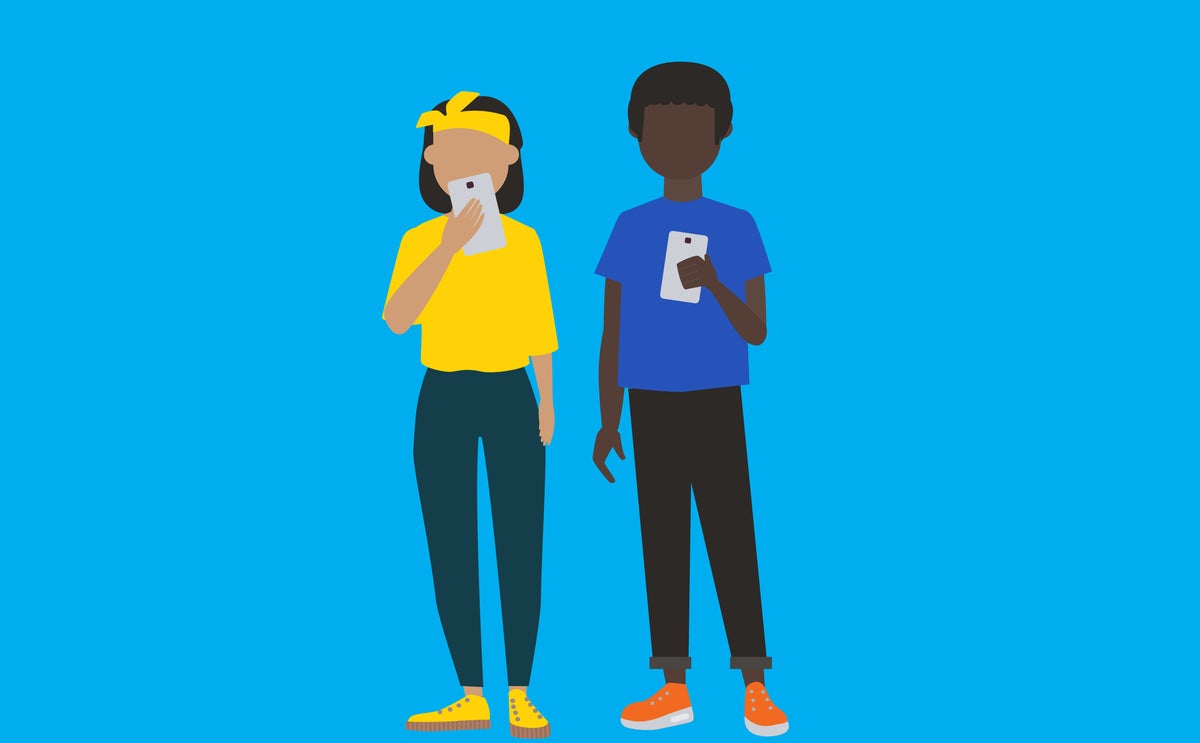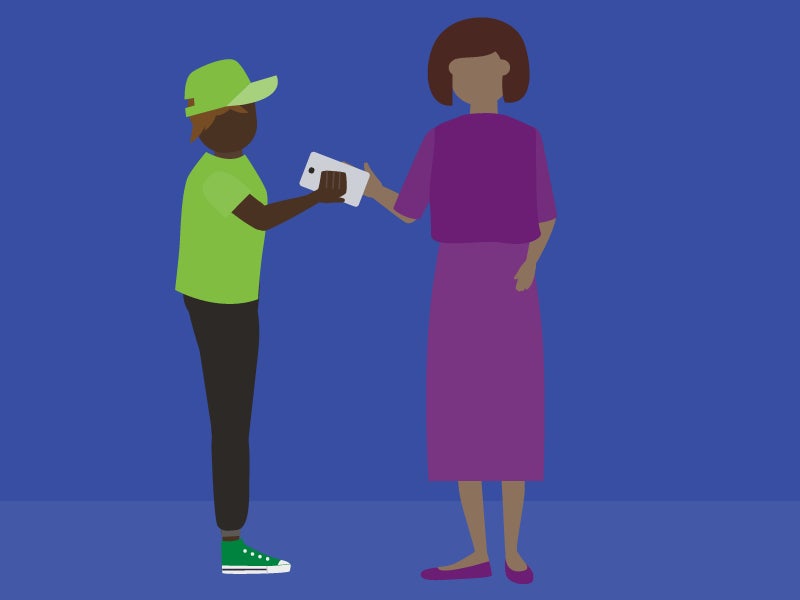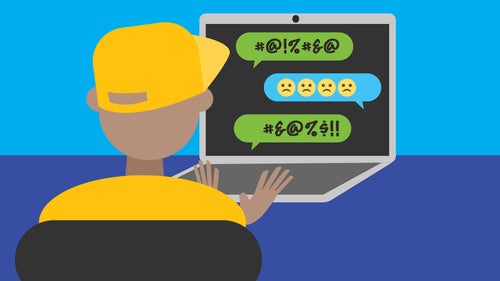How to help your teen navigate social media

Social media has become an integral part of a teenager’s life. It's how they express themselves, connect with friends, and stay informed.
Teens use multiple social media apps (TikTok, Instagram, YouTube, etc.) to express their identities and interests, such as style, beliefs, and relationships – for many, it's a form of validation and social acceptance.
Social media is also a form of entertainment – videos, games, memes, and challenges – and a way for them to stay up to date with what's on trend and what's happening in their interest areas. Plus, it offers a window into the lives of others.
With so many positives, there is also a downside to the different apps. It can influence a teen's self-esteem and social interactions; cyberbullying can have devastating effects on mental health and, when kept unchecked, can impact school, sleep and face-to-face time with others.
Social media is here to stay. As their parents and carers, our role is to understand what social media is to them and how we can help them navigate that world.

Tips on how to talk to teens about social media.
- Ask about their online experience, what they enjoy, and what interests them, and invite them to show you while you're talking about it.
- Talk about harmful online behaviours, such as gossiping, spreading rumours and bullying. Reminding them that engaging in these harmful behaviours can have consequences for them and others can be helpful.
- Talk about what is safe to share online and ways to protect their privacy and encourage them to think before posting.
Five ways to help your teen navigate social media
1. Be a positive role model
Show your teen how to use social media apps positively by modelling healthy habits, such as taking breaks, respecting people online, being mindful of what you post and asking consent from your teen before posting any content about them.
2. Learn about the social media apps
Familiarise yourself with the different social media apps that your teen wants to be on. Learn how teens engage with them, what the privacy settings are and how you can encourage a positive online experience.
3. Set clear boundaries
Have agreements on how your teen will use social media apps, what privacy settings will be utilised, where and when they can be on their devices and teach them not to share any personal information.
4. Think before you post
Teach the impact words and actions can have, the importance of treating others with kindness and respect, and that what is posted online stays online forever.
5. Practice online safety
Have regular conversations with your teen about online safety practices, such as recognising and avoiding cyberbullying and online predators, reporting negative content and what to do if anything becomes an issue.
The most popular social media apps teens are using and what you need to know about them

How teens view their online world
Whether it is social media, news media, or video games, teens view the online world as having a positive influence on their lives, but they also desire a much more positive online environment than the one that already exists. Teens are aware of the risks, such as cyberbullying and contact with strangers, but generally, they also know how to respond to these risks.
81%
of social media users aged 15-17 say it positively influences their lives (2024 UNICEF Australia Report).
75%
of teens aged 12 to 17 have used YouTube or Instagram, while nearly 70 per cent have used TikTok or SnapChat (2023 study by the University of Sydney).
Where to go for help or advice
You can contact the social media app directly for help, report cyberbullying or harmful content. Or you can reach out to eSafety for more information and resources.
eSafety



